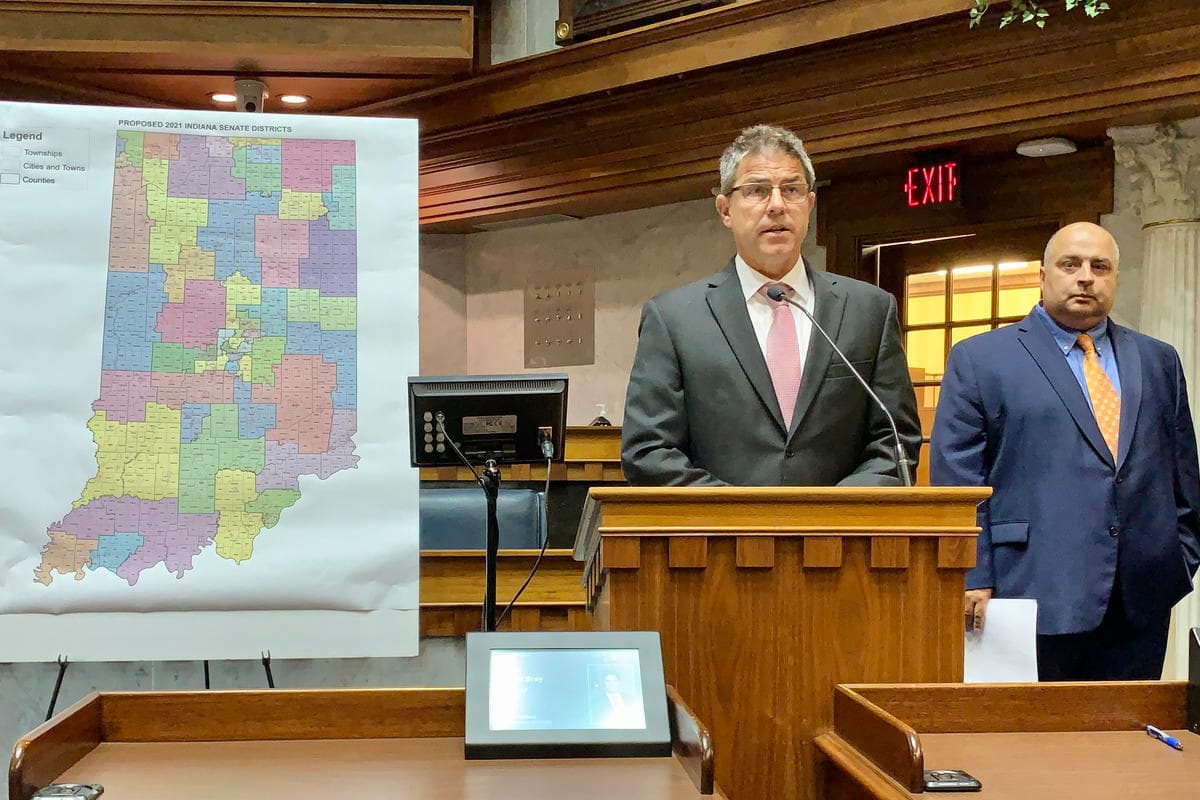Indiana Senate Rejects Redistricting Push, Leaves Maps Unchanged
Indiana Senate Republicans announced they will not reconvene in December to consider redrawing congressional districts, effectively halting a campaign to create more Republican leaning U S House seats ahead of the 2026 midterm elections. For Dubois County residents the decision preserves current boundaries for now, shaping which federal representatives will answer local concerns and how competitive next year s races may be.

Indiana Senate leadership announced on November 14 that senators would not meet in an unusual December session to take up congressional redistricting, ending a months long effort by President Donald Trump and allied groups to press the state for new Republican favorable maps. Senate President Pro Tem Rodric Bray said the chamber had considered the proposal seriously, and that there were not enough votes to advance the change.
"Over the last several months, Senate Republicans have given very serious and thoughtful consideration to the concept of redrawing our state’s congressional maps," Bray said in a statement released by his office. "Today, I’m announcing there are not enough votes to move that idea forward, and the Senate will not reconvene in December."
Lawmakers had been scheduled to meet starting December 1 to consider proposals aimed at producing a nine zero Republican map, an outcome that supporters argued would maximize Republican representation in Indiana s U S House delegation. The effort followed an extended pressure campaign from the Trump administration and its allies, including two visits to Indianapolis by Vice President JD Vance and coordinated outside text and media campaigns promoting the nine zero plan.
For Dubois County residents the immediate effect is maintenance of the existing congressional map through the next federal election cycle. That preserves the current relationship between county constituents and their U S House member, including lines of constituent services and established local advocacy channels. It also means that the level of electoral competition in the county s federal contests will depend on current district compositions rather than a newly drawn map intended to shift partisan balance.
The decision highlights the role of internal legislative dynamics in redistricting outcomes. Lawmakers considered the proposal amid public pressure and outside campaigning, but Republican leaders concluded there was insufficient support within their caucus to change the map at this time. That outcome underscores how votes among state senators, not external endorsements alone, determine whether map changes move forward.
Residents and local officials should watch for follow up activity. Supporters of new maps signaled strong interest in changing congressional lines, which could resurface in future legislative sessions or through other political avenues. County election administrators and civic groups may see renewed outreach from advocacy organizations as the 2026 midterm cycle approaches, and voters who care about representation and competitiveness should monitor statements from state legislators and candidates.
By leaving current districts intact for now, the Senate s decision ensures that Dubois County s immediate representation remains stable, while setting the stage for ongoing political debate about how Indiana balances partisan objectives with representation and community interests in future redistricting efforts.


